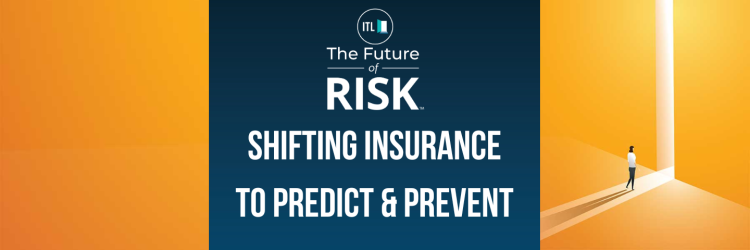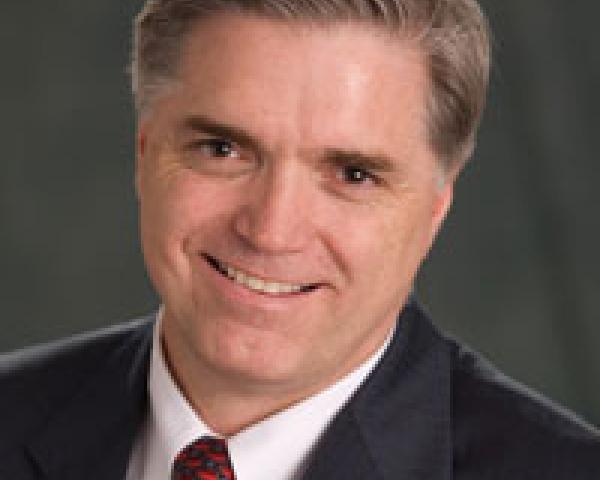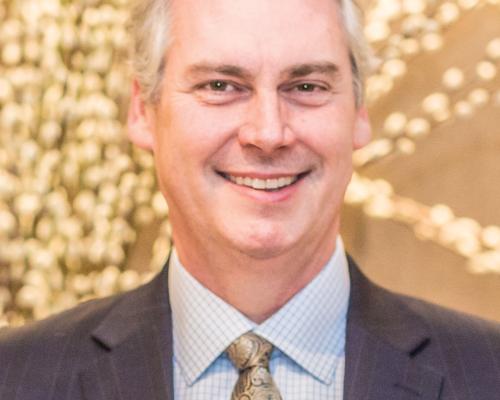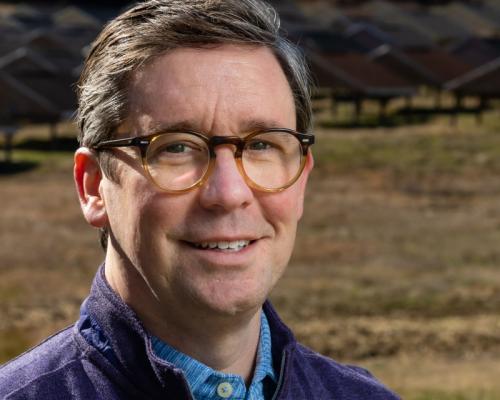As risk management and insurance struggle in today’s volatile and costly risk landscape, momentum is building for a move from the traditional, reactive approach of detect and repair to a more proactive approach: Predict & Prevent. Technology increasingly can give us real-time information about risk, creating opportunities to predict losses and take steps to prevent them -- after all, the best claim is the one that never happens. Making our buildings and communities more resilient can also blunt the impact of climate risks.
Join us to hear from insurance leaders who are at the forefront of efforts to make our cars, homes and society safer. In this webinar, they discuss:
• Where we are now in terms of Predict & Prevent
• Where research and technology can take us in the relatively near future
• How we get the word out to customers, insurers and regulators to maximize benefits
Date: September 12, 2023
Time: 3:39 pm EDT






